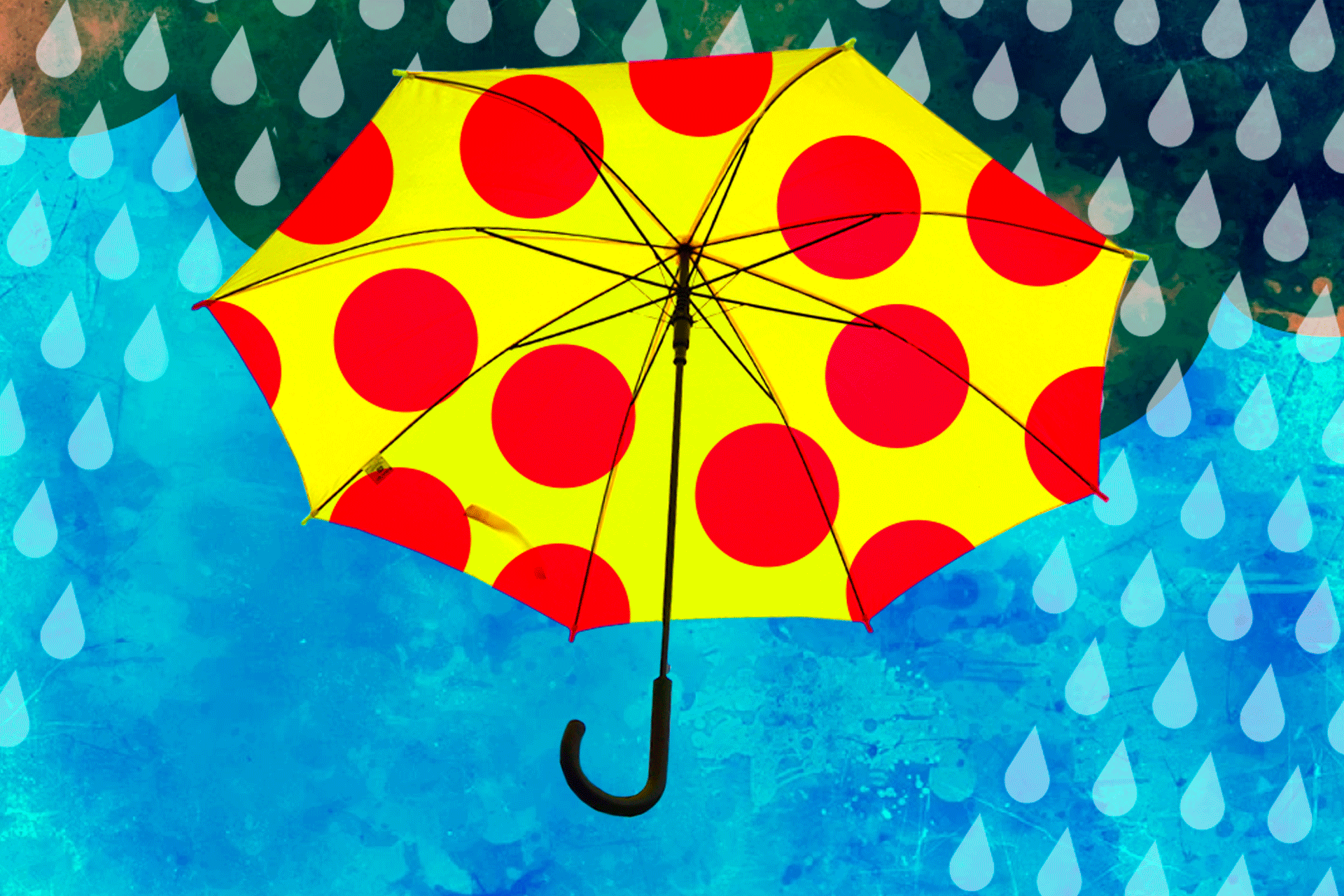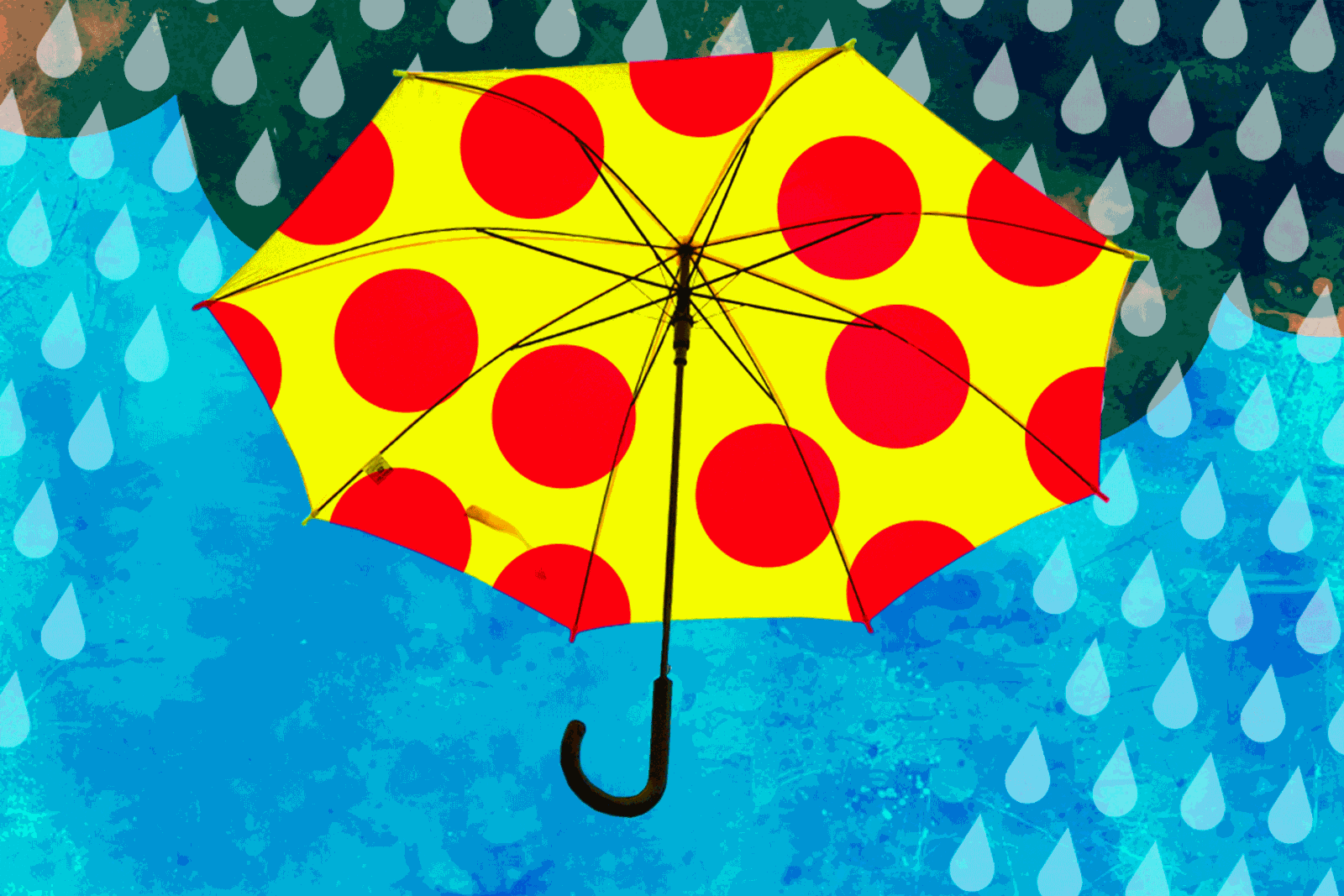
Focusing on joy in the field of human rights felt very foreign to me and others when I first started the project that would culminate in my book, Joyful Human Rights. But now it seems so familiar—not just because I have spent six years living the project, but because it has resonated with so many people along the way. As an academic, activist, and consultant, it is rare to receive such validation of academic work, especially from marginalized individuals around the globe.
I argue that focusing on joy drastically modifies the way we view human rights victims, perpetrators, martyrs, and activists. And tracing the absence of joy in human rights discourse recasts the philosophical and historical origins of human rights and provides a new lens for articulating a more affirmative and robust notion of human rights.
Each topic in the book resonates with different people. Many are drawn to the pioneering work of the NGO Clowns without Borders / Payasos Sin Fronteras, or the power of music in human rights work. Others want to try to make sense of joyful perpetrators—can they really be so joyful? Is it really joy that they are experiencing, or just adrenaline, or sociopathy? And many are drawn to the new field of post-traumatic growth, especially as an antidote to the overemphasis on post-traumatic stress disorder.
Focusing on joy drastically modifies the way we view human rights victims, perpetrators, martyrs, and activists.
Many readers have recommended additional examples that I should have included. How could I have a chapter on joyful perpetrators without mentioning the Roman gladiators and their bloodthirsty spectators, the storming of Jerusalem in 1099, or the sadistic massacres of aboriginal people in Australia?
Considering the scores of examples of joyful and sadistic massacres, it makes me further wonder how the hegemonic view of the banality of evil perpetrated by Hannah Arendt and Stanley Milgram became so ensconced? Admittedly, there is some comfort to know that the overwhelming number of humans are not sadistic, and that atrocities stem from a larger system grounded in dehumanization, hierarchy, authoritarianism, and obedience. Of course, these play significant roles, but there is just too much evidence that when given the chance many humans will be joyfully sadistic. Even Arendt, famous for observing the banality of evil in the Eichmann trial in 1961, had to reframe her conclusions when observing the Frankfort Auschwitz trial in 1965. The meaning of Auschwitz had changed: “One thing is sure, and this one had not dared to believe any more—namely, ‘that everyone could decide for himself to be either good or evil in Auschwitz’”.
The very un-joyful chapter on perpetrators is balanced by dozens of examples of joyful activists and human rights winners. Joy manifests in human rights victories, the fighting for a just cause, and in the songs and artwork of social protest. Joy is transgressive of current conditions, a source of inner strength, and a force to bring people together to realize our potentials. In the book I discuss the role of joy in the incredible lives and works of Archbishop Oscar Romero, Martin Luther King, and Jesusa Rodríguez, the Mexican actress and activist, as well the powerful and joyful anthems that have driven human rights movements. But, how could I have not mentioned the power of Bob Marley’s songs and how they continue to connect so many worlds around the globe or “Miss Sarajevo” a song by U2, Brian Eno, and Luciano Pavarotti about the Miss Besieged Sarajevo beauty pageant held in 1993 in the middle of the infamous siege. It is a defiant and pleading moment for an alternative joyful future and to the formerly peaceful past.
He said it was the first time that anyone had talked to him about hope, about the possibility of making new meaning of your life after catastrophe.
The last chapter “Human Rights Winners” has resonated with many, especially those that have suffered human rights abuses. I provide narratives from those who are exemplars of overcoming, finding meaning in tragedy, and shaping a joyful and just future. They do not see themselves as victims or even survivors, but as winners. Instead of the metaphor of resilience, which means to snap back to your former trajectory, their stories suggest we look to the Japanese art of kintsugi as metaphor which honors our scars and creates something new and beautiful from them.
I was particularly moved talking to a young man from Afghanistan whose village had recently been destroyed in a drone strike. He broke into tears as I told him about some of the human rights winners I write about in my last chapter. He said it was the first time that anyone had talked to him about hope, about other individuals that have gone through similar journeys, and the possibility of making new meaning of your life after catastrophe.
It is probably only a slight exaggeration to say that I have not been teaching about human rights for almost 25 years, but mostly about its opposite, human rights abuses. A quick review of syllabi, textbooks, and academic articles shows that many other academics also focus mostly on abuses and tragedy. Fortunately, we are becoming more aware of the importance of joy, hope, love, and other positive emotions in human rights work, as exemplified by the Positive Narratives to Mobilize for Change forum on OpenGlobalRights.
I work on real-world projects with my students and community members. In part, we are learning how to connect with each other. We are learning to be vulnerable, humble, generous, grateful, sometimes tearful, and even joyful. Such a pedagogy is foreign to most academics, not the least to my pedagogical mentors, but how could I ever go back to a less human but more didactic, theoretical, and conceptual way of teaching, especially in the field of human rights? If we do not forefront human relationships, and the joy they can bring, are we really talking about human rights?

